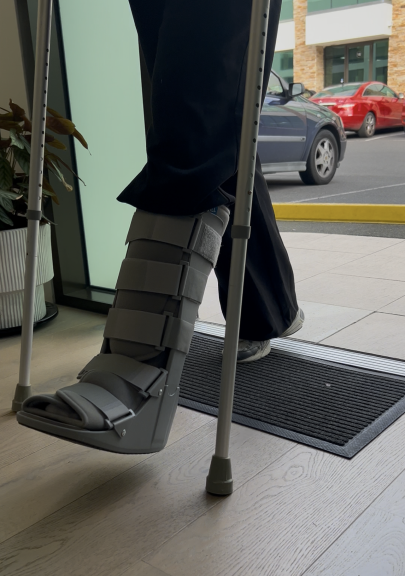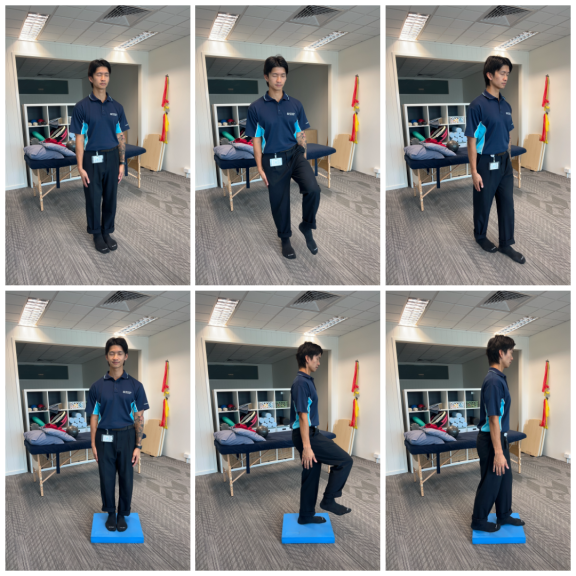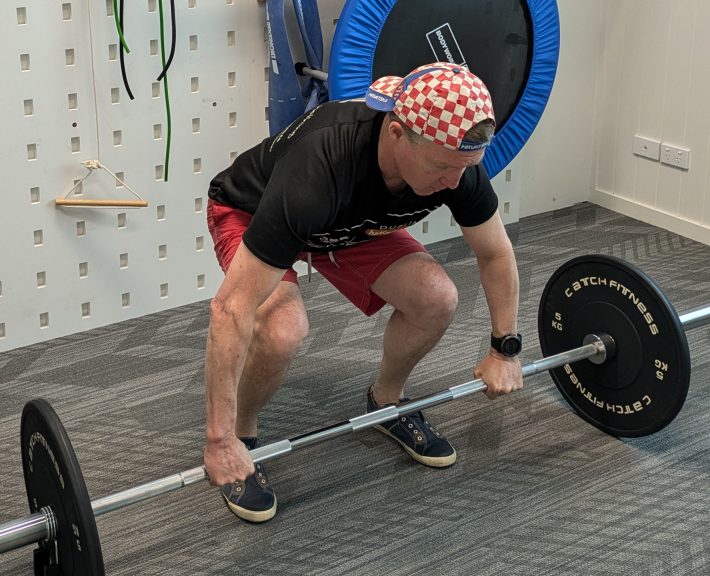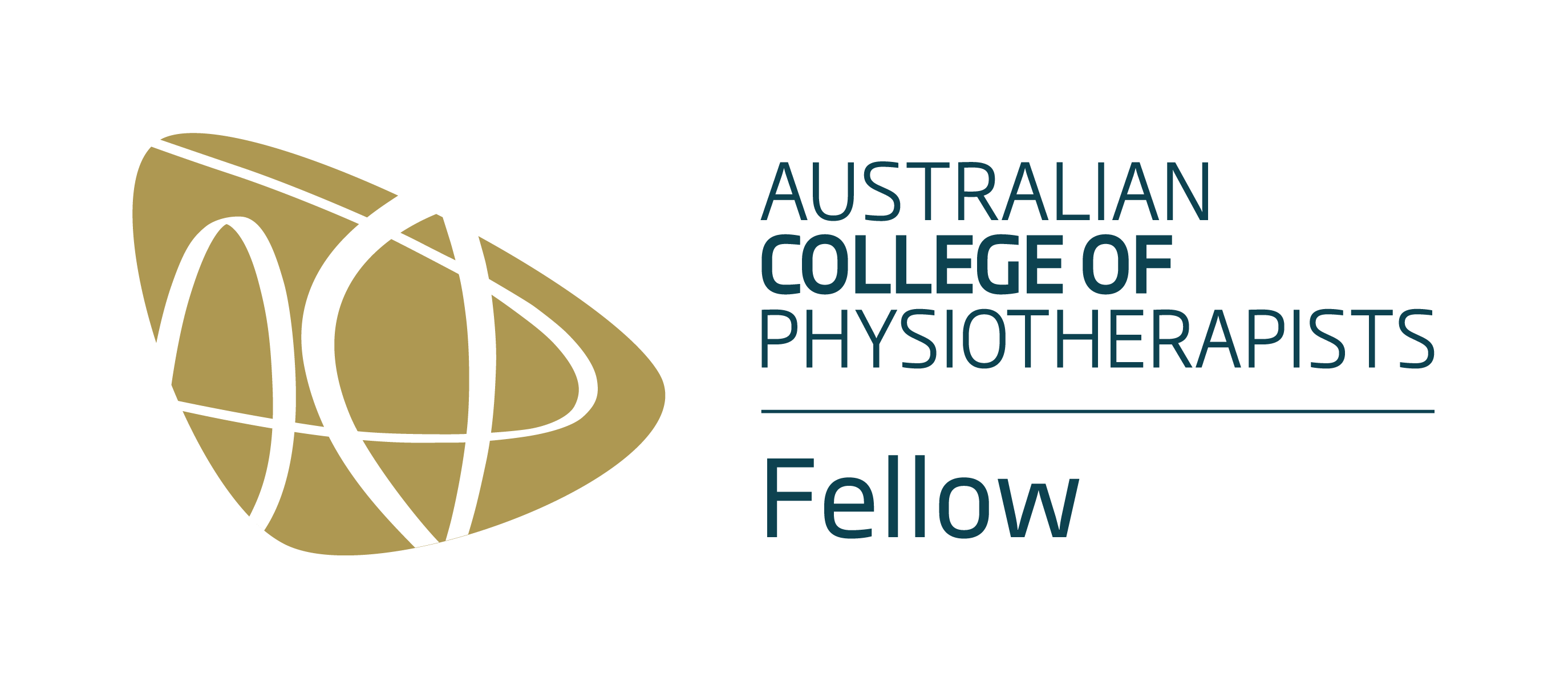Introduction
Musculoskeletal (MSK) pain—in joints, muscles, from nerves or bones—is one of the biggest causes of long-term disability. We as physiotherapists help people manage MSK pain using treatments like exercise, education, massage, joint movements, and other hands-on techniques like dry needling.
While these treatments can help, it may not be the complete solution. That’s why as Isabelle and I keep up to date on the science it’s not just about “fixing” pain—it’s about working with you to understand what’s causing your condition in the first place and supporting you to take control and have a better life overall. I am going to discuss why these other factors need to be…well…factored in !
The Big Picture: Lifestyle Matters are the Treatment Multipliers
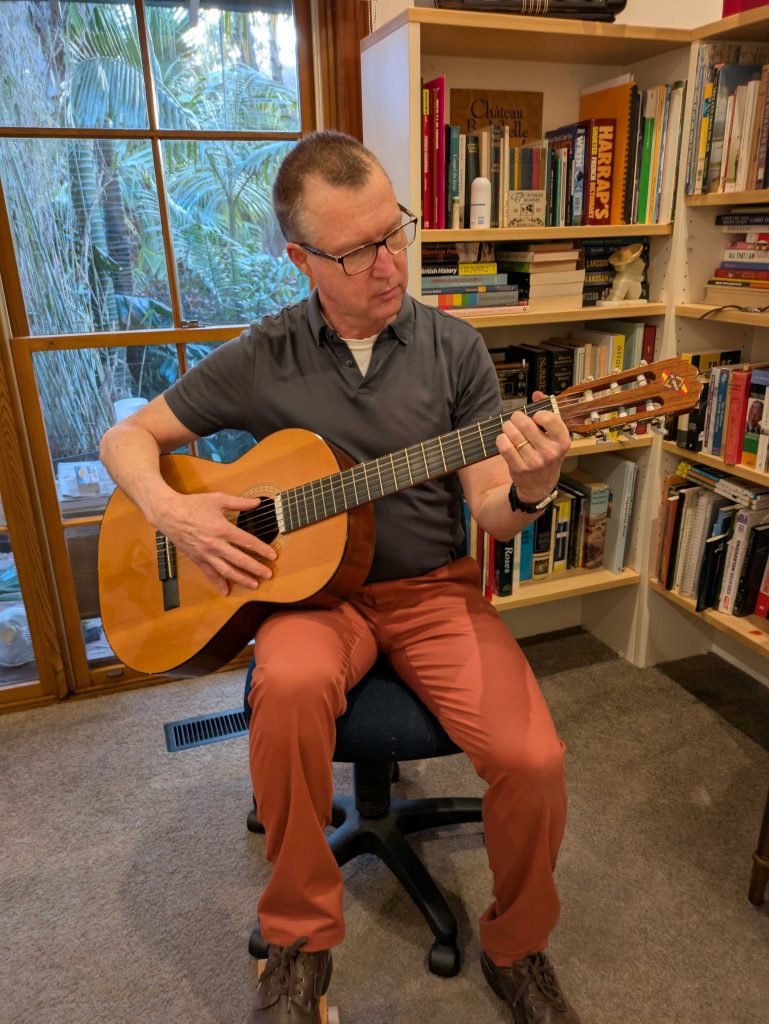
If we only treat pain without looking at lifestyle, we miss a big part of the picture. Physiotherapy can help you make necessary changes that reduce your chances of persistent or recurrent pain and help to manage your health conditions so you can stay healthier for longer. Instead of being “fixers,” consider us, your physios, a health coach and guide, hence the moniker on our brand logo “Your Movement Partner”.
A lot of non musculoskeletal conditions, such as heart disease, dementia are linked to excessive levels of whole body inflammation. Read on and you will hear inflammation being mentioned and how it can be controlled.
Key Lifestyle Areas to Focus On…The Treatment Multipliers!
1. Sleep
Sleep is a major factor in health. In other anglophone countries such as the UK and the US, about 1 in 3 adults don’t get enough sleep(3). Poor sleep can lead to higher levels of inflammation in the body, DNA damage, hormonal imbalances, metabolism issues, and even breathing problems. It’s linked to conditions like obesity, arthritis, muscle loss, and increases in pain.
A lack of sleep can also interfere with hunger hormones by increasing hormones that make us feel hungry (like ghrelin) and decreasing hormones that help us feel full (like leptin). This can lead to weight gain, which can increase the risk of joint problems like knee arthritis. If someone is overweight and not sleeping well, it’s harder for exercise or manual therapy alone to make a big difference.
2. Stress and Cortisol
Cortisol is a hormone that helps the body respond to stress. When it's out of balance, it can lead to inflammation, bone loss, muscle weakness, mental health issues, and weight gain. Things like lack of sleep, poor diet, high stress, and even pollution can raise cortisol levels.
There are many easy ways which you can reduce your stress and lower your cortisone levels including introducing good sleep hygiene, relaxation exercises, and eating a better diet. Certain foods (like those rich in vitamin B or magnesium) help regulate cortisol, while things like alcohol, caffeine, and dehydration make it worse. Interestingly, hands-on therapy and exercise can also help reduce cortisol—but they work best when combined with a healthy lifestyle. Think again, reduce stress… It is a treatment multiplier.
3. Physical Activity
Exercise is one of the best things we can do for overall health. It reduces inflammation and has antioxidant effects(4). A big research study found that people need much more than the minimum amount of exercise (600 MET minutes per week) to lower the risk of diseases like heart disease, diabetes, and cancer. In fact, they might need six times that amount (about 3,600 MET minutes a week).
That sounds like a lot, but it doesn’t mean you need to go to a gym every day. Walking, gardening, riding a bike, and other everyday activities all count. Physiotherapists can help people work physical activity into their lives in practical, realistic ways. As with any exercise plan, it should start slowly and build up over time.
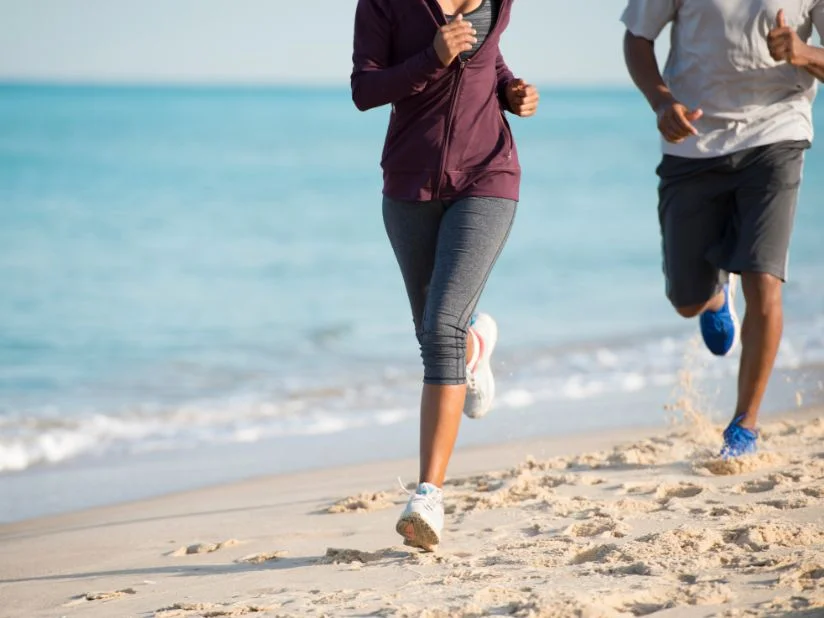
4. Unhealthy Habits
Smoking, drug and alcohol use, gambling, and unhealthy relationships can all affect physical and mental health. These habits are also linked to ongoing MSK pain. For example, smoking reduces bone strength, raises the risk of fractures, and increases long-term pain. Quitting smoking can actually reduce MSK pain over time(5).
What About Getting Your Hands to Work on My Issue?
In our professional opinion, both hands-on treatments (like massage or joint manipulation) and hands-off treatments (like exercise and education) are equally beneficial and have a role in your recovery. They can work well together. The evidence for this is growing(6).
Your Future and Our Practice of Physiotherapy
To truly help people with MSK pain, we strive to go beyond just treating your pain. We want to understand and support lifestyle change. So we’ll ask all sorts of questions about you, have open conversations with you, and work with you to make realistic and meaningful improvements in your overall health and wellbeing.
Here’s our focus when you come to us for help.
- Relieve pain, improve movement and lifestyle.
- Skilled exercise and manual therapy treatment.
- Assess sleep, diet, stress, and other lifestyle factors
- Motivational support
- Let’s focus on long-term health, beyond the first and easiest solution.
We will work with other health professionals—like doctors, psychologists, dietitians, and social workers—to provide truly holistic care.
Conclusion
For you we think bigger, beyond your immediate need. MSK pain is complex, and it’s influenced by many factors outside of the clinic.
By addressing lifestyle issues like sleep, stress, exercise, and unhealthy habits, we play a key role in preventing pain, reducing long-term disability, reducing whole body inflammation and helping people live healthier, happier lives. That means working with you, not just doing things to you.
We are about whole-person care, built on science, collaboration, and compassion.
This blog is a summary, with a little adlib, based upon a recent professional issues paper, You can read it in full here.
Jeremy Lewis, Paul E. Mintken & Amy W. McDevitt (2025) Treating musculoskeletal conditions with a bit of exercise and manual therapy: are you kidding me? It’s time for us to evolve again, Journal of Manual & Manipulative Therapy, 33:3, 167-172, DOI: 10.1080/10669817.2025.2494895










